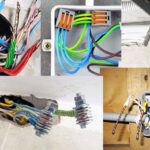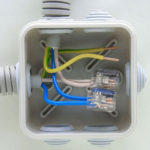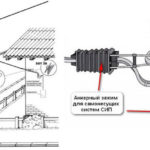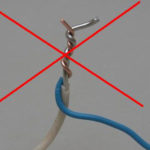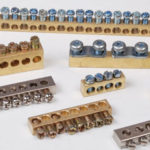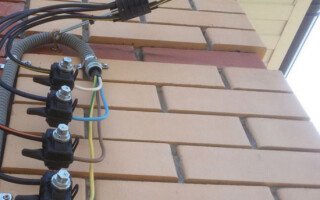Self-supporting insulated wire (SIP) is one of the most popular cables for the transmission of electrical energy in overhead networks, therefore, the use of various connections is often required when connecting consumers, repairing cable lines or building them up. This article will describe various ways to connect this conductor to each other, as well as to conductors of a different design than SIP.
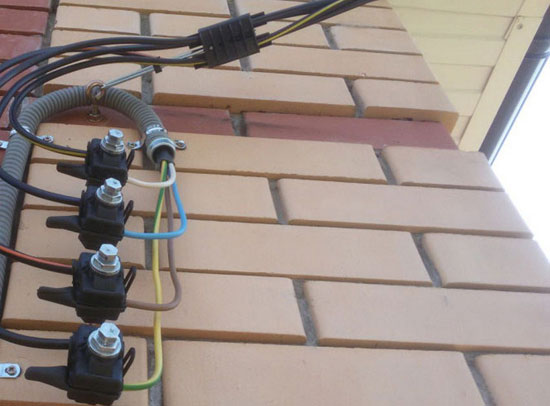
Content
SIP wire connection diagram
An experienced electrician has an idea of how self-supporting cables are connected, but for an ordinary person this question seems quite complicated. In fact, connecting SIP cables is not an easy task, but doable even in the absence of work experience.The most important thing in this case is the observance of all safety precautions and protection against electric shock.
So, for starters, it’s worth figuring out which design wires can be connected to SIP cables and what are the fundamental differences in such work.
The main problems that are usually encountered when working with self-supporting insulated cables are their connection to each other, as well as connection with aluminum or copper cable. The connection itself can be made both on the support and in the span between the supports. We will analyze each type and method separately.
What does the connection of the SIP cable in the span mean
The need for a span connection can arise in various situations, for example, when a line breaks. Another name for such a compound is intermediate. The design feature of the SIP electric cable is its self-supporting capacity, which does not require a separate support cable. Therefore, the peculiarity of the connection in the span is that an increased bearing capacity and reliability of the connection is required.

For intermediate connections, special clamps are used, which must have a mechanical strength of at least 90% of the breaking force of the wire and be airtight. The sleeve must be selected according to the cable cross-section and conductor design, which is indicated in the marking of each sleeve. Typically, MJPT or GSI-F sleeves are used in such work (for phase conductors) and GSI-N (for zero).
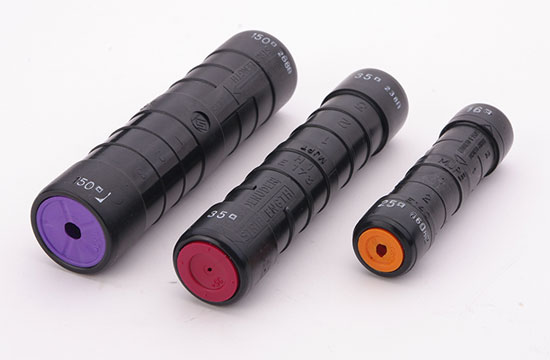
The procedure for making such a connection is as follows:
- Both connected ends of the SIP core are stripped of insulation.
- The conductors on each side are inserted into the clamping sleeve, while it must be inserted until it stops and have no uninsulated parts protruding from the sleeve.
- Using a hydraulic tool, the sleeve is crimped, and it is important to choose the right press die for crimping.
- If contact grease comes out of the sleeve, it must be removed with a dry cloth.
Extension of SIP cable between each other
To build a SIP cable, you need to know its brand and section. Such work is also carried out using sleeves, since the use of other methods when connecting or building up this type of cable is not recommended. The SIP cable can be extended with a cable of the same section or another - the use of special clamps allows this to be done.
For such work, MJPT or GSI-F clamps are also used (for phase conductors) and GSI-N (for carrier zero). The technology for performing such work is similar to that described above.
Connection with aluminum wire
It is categorically not recommended to make direct connections of dissimilar conductors, as this contributes to the rapid oxidation of the contact point and the rapid failure of such a connection, which can cause a lack of electricity or a fire. The same applies to the connection of SIP cable with aluminum branches. For such connections, special clamps are used.
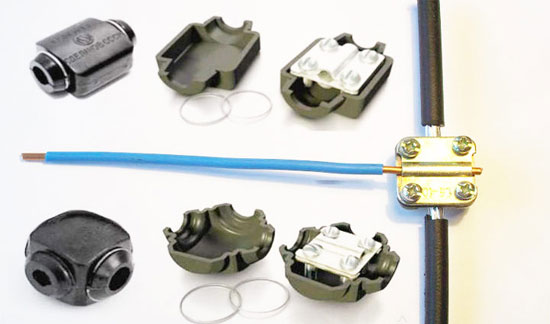
The preferred clamp for connecting aluminum wire to CIP cable is a spur clamp, which electricians refer to as "nuts". The choice of this method is due to the fact that aluminum wires are more sensitive to notches from piercing clamps.
The procedure for making such a connection is as follows:
- Both cables at the junction are carefully stripped of insulation;
- Bolted connections on the clamp are untwisted, both conductors are inserted into special grooves;
- The bolts are securely tightened and the conductors are fixed in the clamp;
- "Nut" is closed with a special plastic case;
- For greater reliability, the connection point is additionally isolated.
Connection with copper cable
With a copper branch conductor (for example, VVG cable) there are several connection options. For example, you can connect such wires using the same “nuts” or use piercing clamps, while it is important to understand that direct connection of the SIP cable and copper conductor is also prohibited.
Consider the connection option using piercing clamps, as the most preferable, since the insulation of the SIP wire is less damaged. This method is also sealed and protects from external negative environmental factors. Moreover, the connection with such clamps can be made on live lines. The only disadvantage of such a clamp is that a secondary connection is impossible due to the bolt head being broken.
This connection is made as follows:
- The conductors are inserted into the holes of the piercing clamp, while stripping is not required;
- The clamp is tightened with a bolted connection: the spikes pierce the insulation and securely fix both conductors, creating excellent contact.
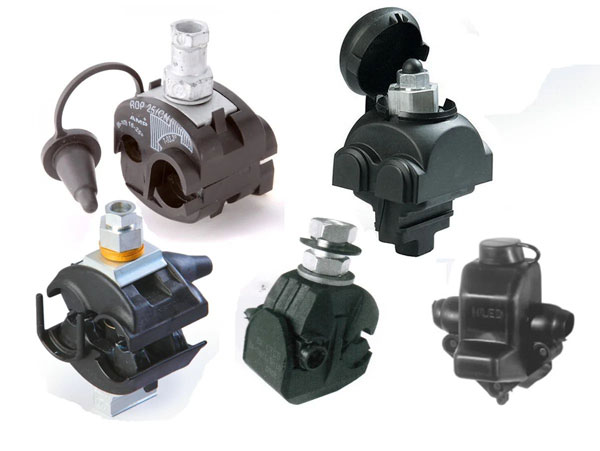
Types of piercing clips:
P4 - designed to connect various subscribers or street lighting, have contact plates made of aluminum or tinned copper;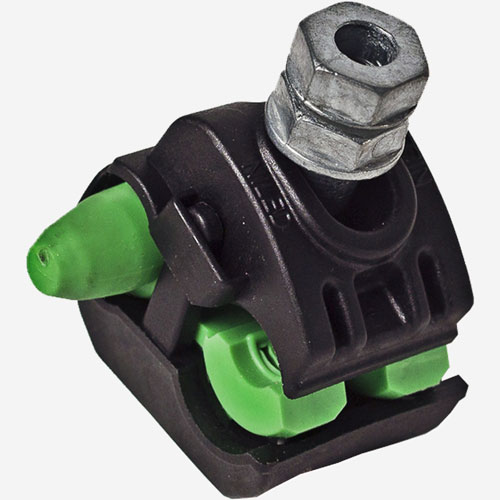
Р616R - used when connecting input cables for residential buildings, made of tinned copper;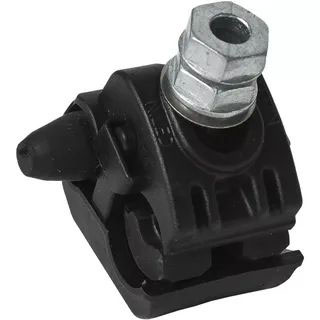
R645 - used to connect taps made of copper or aluminum.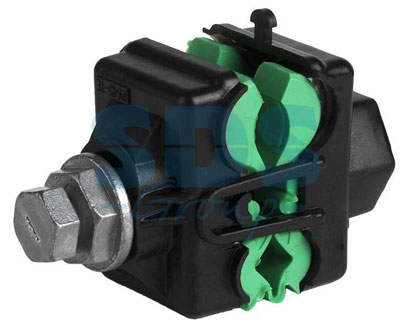
The conclusion from this article can be drawn as follows: the direct connection of the SIP cable to each other and its extension in the span or on the support is carried out using special crimp sleeves, and the branches are made with a branch or piercing clamp.
Similar articles:
